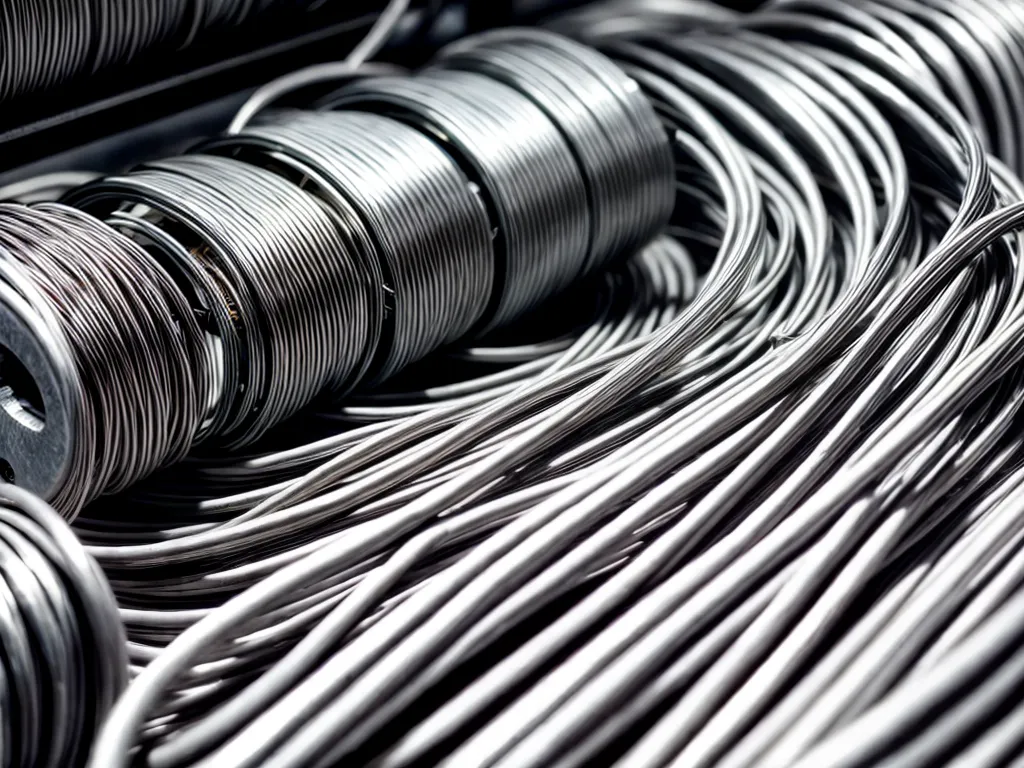
The Use of Silver Wires in Obsolete Industrial Circuits
Introduction
I was recently researching older industrial equipment and came across the interesting use of silver wires in obsolete circuits. As an engineer with experience working on vintage electronics, I realized there is a lot to unpack regarding silver wires and why they were used in certain applications historically. In this article, I aim to provide an in-depth look at the use of silver wires in obsolete industrial circuits.
Background on Silver Wires
Silver has been valued as a precious metal and used in various applications for centuries. When it comes to electrical circuits, silver became a popular choice for wiring and contacts over 100 years ago. Here are some key reasons silver was well-suited for industrial applications:
-
Conductivity - Silver is the most conductive metal, even more so than copper. This allows silver wires to carry electrical currents efficiently.
-
Oxidation Resistance - Silver oxidizes much slower than other metals like copper. This grants silver better longevity as wiring without corrosion issues.
-
Flexibility - Silver can be drawn into fine wires that remain malleable. This flexibility allows silver wires to be insulated and bundled easily.
-
Cost - While more expensive than copper, silver was affordable enough to use in niche industrial applications.
These beneficial properties made silver an ideal choice for certain obsolete electrical systems, especially high-precision instruments and controls.
Use in Obsolete Industrial Circuits
During the 19th and early 20th centuries, silver wires found widespread use in industrial controls and sensitive measurement devices. Here are some prime examples:
Switchgear Contacts
-
Silver's conductivity and oxidation resistance made it well-suited for switchgear contacts controlling motors and generators.
-
Silver contacts avoided overheating issues and lasted longer than copper in high-current applications.
Precision Sensors
-
Devices like potentiometers relied on silver's malleability to create sliding contacts for voltage division and position sensing.
-
Silver minimized impact of corrosion and noise in precision instrumentation circuits.
Vacuum Tube Grids
-
Early vacuum tube triodes used silver micron-width wires wound around control grids.
-
Silver offered minimal electron emission compared to other metals, improving tube performance.
Relays
- Mechanical relays utilized silver contacts, especially in telephone exchange equipment.
- Silver withstood repeated switching and arcing better than alternatives like gold or copper.
In these applications, silver's advantages outweighed its higher cost, making it the ideal choice where performance was critical.
Decline and Modern Alternatives
By the 1950s and 1960s, silver wiring came to be replaced by more affordable and available options. Here are some factors that led to the decline in silver usage:
-
Copper became acceptable - Improved copper alloys approached silver in oxidation resistance and conductivity.
-
Costs rose - Silver prices increased after 1950s, making bulk industrial use cost-prohibitive.
-
New devices emerged - Transistors and other solid-state components emerged that did not need silver.
Today, you are unlikely to encounter silver wiring in most industrial equipment. Modern alternatives provide similar benefits:
-
Copper and copper alloys predominate for cost and performance.
-
Gold plating is used for corrosion resistant contacts.
-
Improved conductors like graphite or conductive polymers suit specialized applications.
While no longer common, understanding silver's benefits helps provide historical context on obsolete industrial circuits and wiring.
Conclusion
The use of pure silver wires and contacts was once widespread in early industrial controls, sensors, and sensitive circuitry. Silver offered high conductivity and oxidation resistance that improved performance and longevity. However, rising costs and new technologies caused a decline in silver wiring by the mid-20th century. Though obsolete, silver wires highlight the ingenious solutions engineers created to solve problems with the materials they had available. Learning this history helps provide perspective on modern circuit design and best practices.